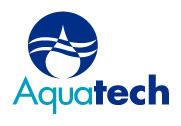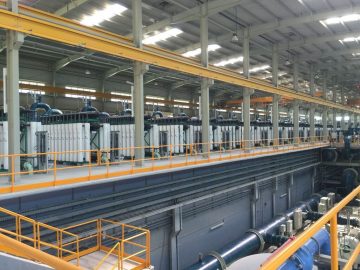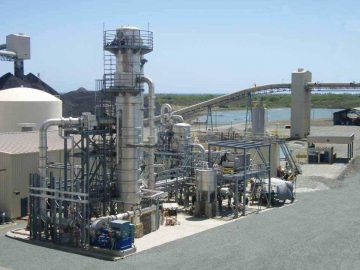There is increased demand to turn seawater into a viable source of fresh water through desalination to help combat water scarcity. At Aquatech, our advanced desalination solutions are helping customers reduce their energy and water footprints while delivering the lowest total cost of water.
With desalination experience dating back to the 1950s, we are one of the few companies leading in membrane, thermal, and hybrid water desalination technologies. Already a leading supplier of membrane technologies, we enhanced our commitment to desalination when we acquired Aqua-Chem ICD, a pioneer in thermal desalination technologies. This allows us to offer the best solution for desalination based on the application, whether it’s a membrane, thermal or hybrid solution.
Throughout our history, we’ve developed cutting-edge desalination technologies, including low-energy Seawater Reverse Osmosis (SWRO), Multiple Effect Distillation (MED), and Multistage Flash (MSF). Our solutions are backed by global references within some of the world’s largest desalination plants.



